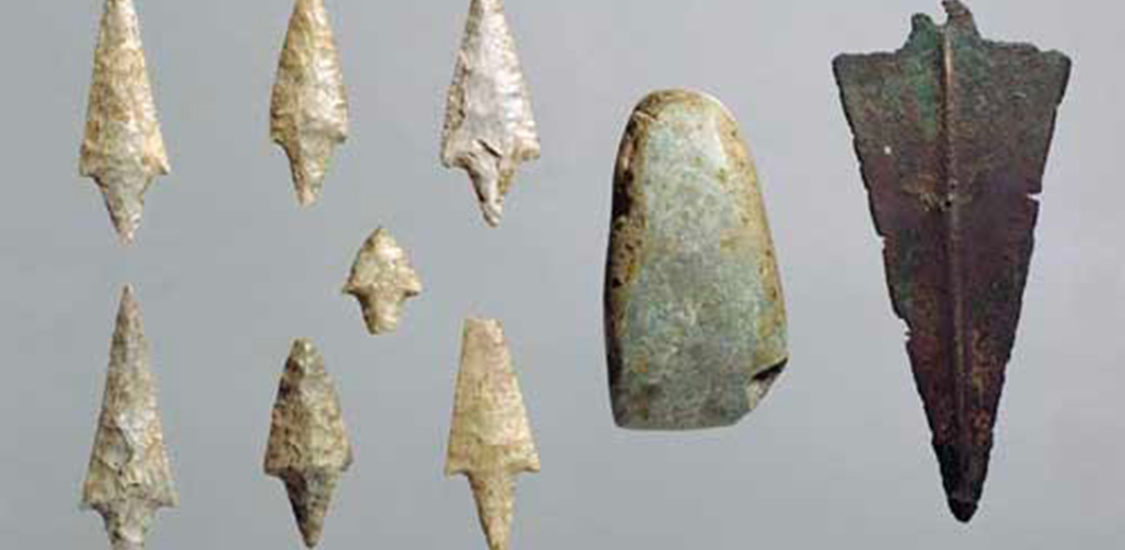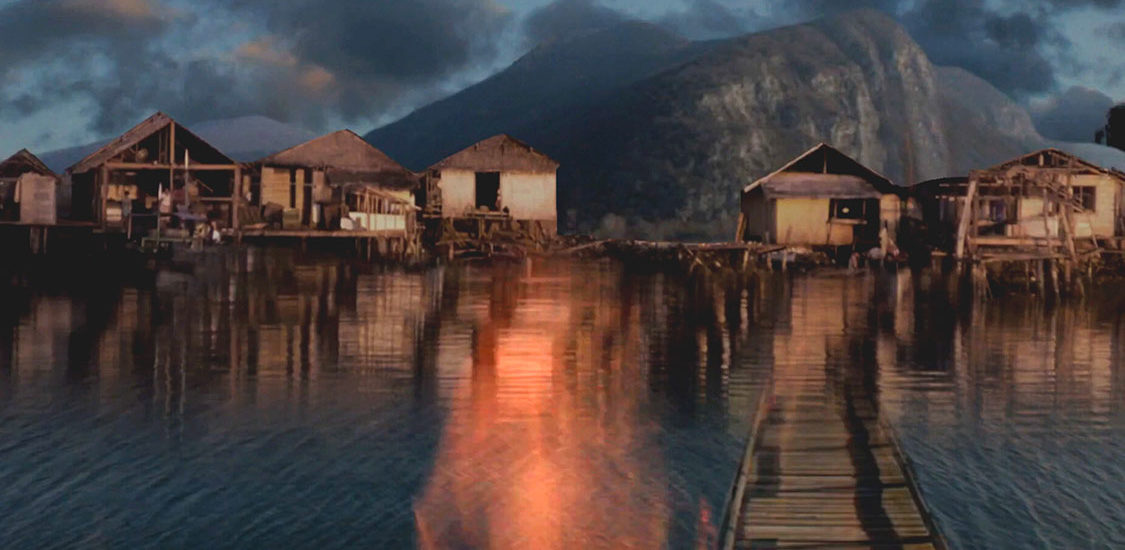Preistoria e Storia
La comparsa dell’uomo preistorico nel territorio del Sebino risale al Periodo Quaternario e più precisamente nel Mesolitico circa 9.000 anni fa. In quell’epoca l’uomo preistorico era fortemente attratto dalle rocce levigate dal ghiacciaio che affioravano nella zona settentrionale del lago e in Valle Camonica. Tra il decimo e l’ottavo millennio a.C. iniziò a raccontare la sua storia incidendo su di esse migliaia di figure. Anche i reperti umani più antichi sono dello stesso periodo e sono stati rinvenuti nel territorio delle Torbiere in località Cerreto, si trattava probabilmente di un insediamento temporaneo sfruttato per la caccia e la pesca.
Durante le fasi di estrazione della torba furono rinvenuti numerosi reperti attribuibili all’Età del Bronzo, circa 4000 anni fa, che fanno supporre la presenza, nell’area delle Torbiere di almeno due villaggi palafitticoli. Purtroppo i resti di questi villaggi sono andati distrutti proprio a causa dell’estrazione della torba e i reperti estratti sono andati per lo più perduti, solo alcuni sono conservati a Roma presso il Museo Pigorini.
Durante l’Impero Romano, nel II secolo d.C, la palude che occupava l’attuale area delle Torbiere, si stava lentamente interrando e sul fondo andava formandosi la torba. In quel periodo al posto del Monastero attuale, c’era un tempio romano dedicato al Dio Mitra, adorato in un periodo compreso tra il I secolo a.C. e il II secolo d.C.
Durante il Medioevo, probabilmente prima dell’anno 1000, fu costruito Il primo nucleo del Monastero di San Pietro in Lamosa. Varie aggiunte e abbellimenti successivi, effettuati tra il 1100 e il 1500, hanno determinato il suo aspetto attuale. Un documento del 1083 attesta la donazione del complesso monastico ai monaci francesi di Cluny, allora molto presenti in italia e in Lombardia.
Nel 1700 l’antico lago formatosi in epoca preistorica, si era completamente interrato, infatti l’acqua stagnante e il poco ossigeno presente nella palude impedivano la completa decomposizione delle sostanze vegetali, che si accumulavano sul fondo del bacino. Il naturalista bresciano Cristoforo Pilati, alla fine del 1700, riferendosi ai campi adiacenti al Monastero, scriveva: “…questi campi producono un erba miserabile, a quale sia verde che secca serve piuttosto a dimagrare che ad ingrassare i bovini”. Già in quel periodo si sapeva che, scavando sotto lo strato superficiale di quei prati si trovava la torba: un composto scuro, impregnato d’acqua e ricco di sostanza organica che, una volta seccata si trasformava in un ottimo combustibile.
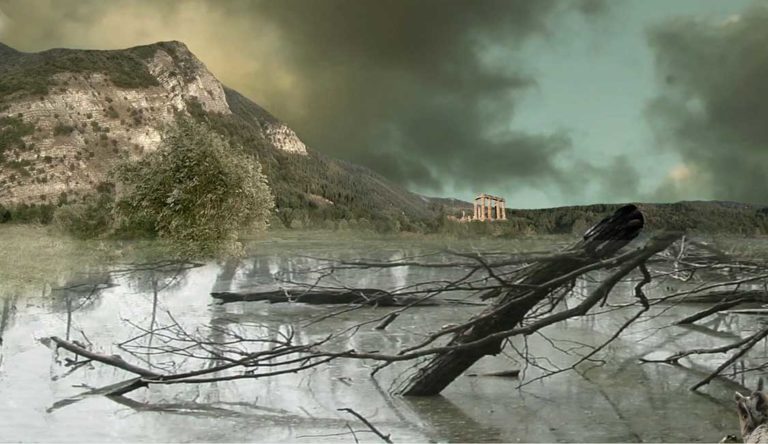
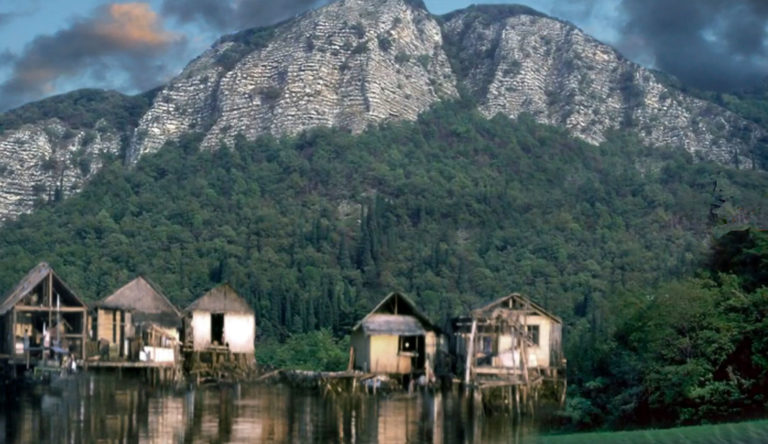
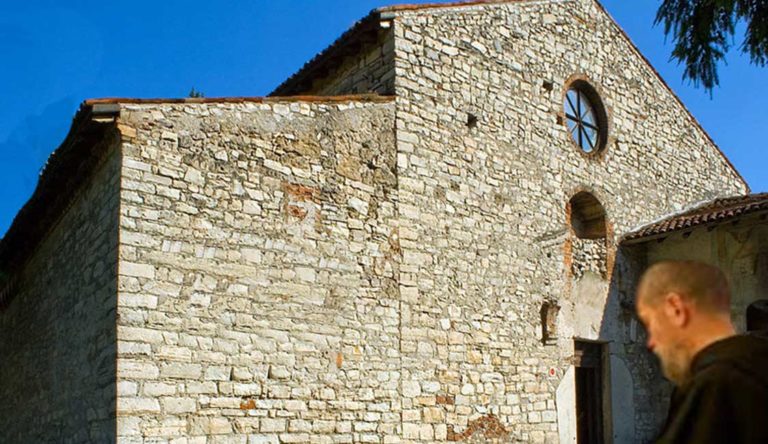
Scavo della Torba
Nella seconda metà del 1800 iniziò lo scavo della torba in modo intensivo, quando la Società Italiana “Torbe di Torino” acquistò la maggior parte del territorio. Il lavoro di estrazione della torba si svolgeva manualmente, utilizzando uno strumento affilato, a forma di gabbia rettangolare, lunga circa 90 cm e montato su un manico di 4-5 metri, detto “luccio”. Con esso si estraevano dei parallelepipedi di torba di circa 15 cm per lato, che venivano poi tagliate a pezzi ed essiccate al sole. L’escavazione della torba coinvolse prevalentemente manodopera locale e il suo utilizzo favorì in maniera significativa lo sviluppo economico regionale, grazie al suo impiego in numerosi settori dell’industria, che all’epoca utilizzava le macchine a vapore: nelle filande e fornaci, negli opifici e per i treni della tratta Brescia-Iseo-Edolo.
Il suo utilizzo cessò completamente intorno agli anni ’50 del ‘900, quando la Torbiera, da prateria erbosa, era ormai stata trasformata in Lame allagate, cambiando radicalmente nel paesaggio e nell’ecologia.
